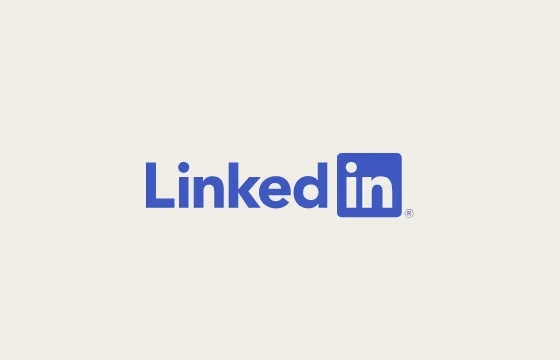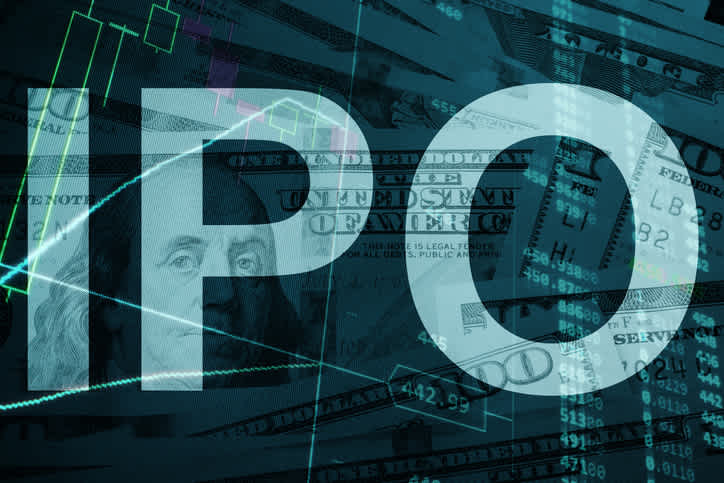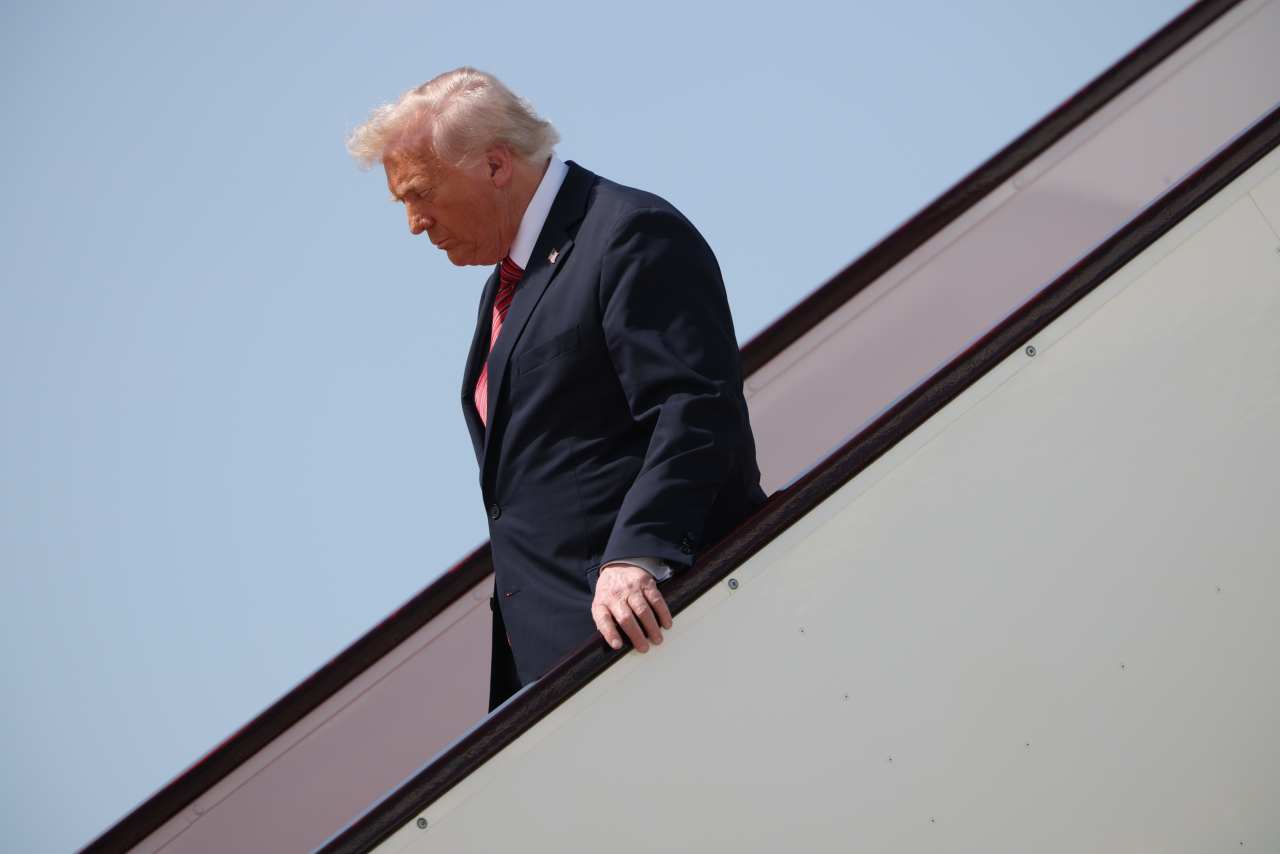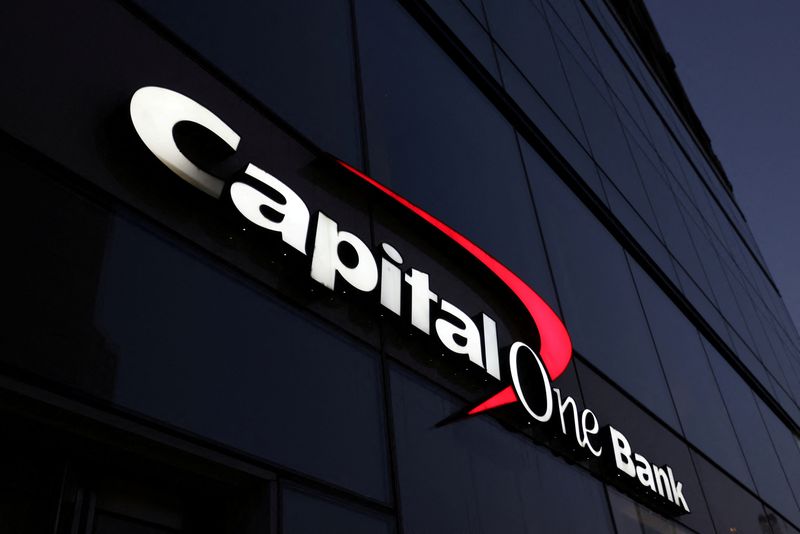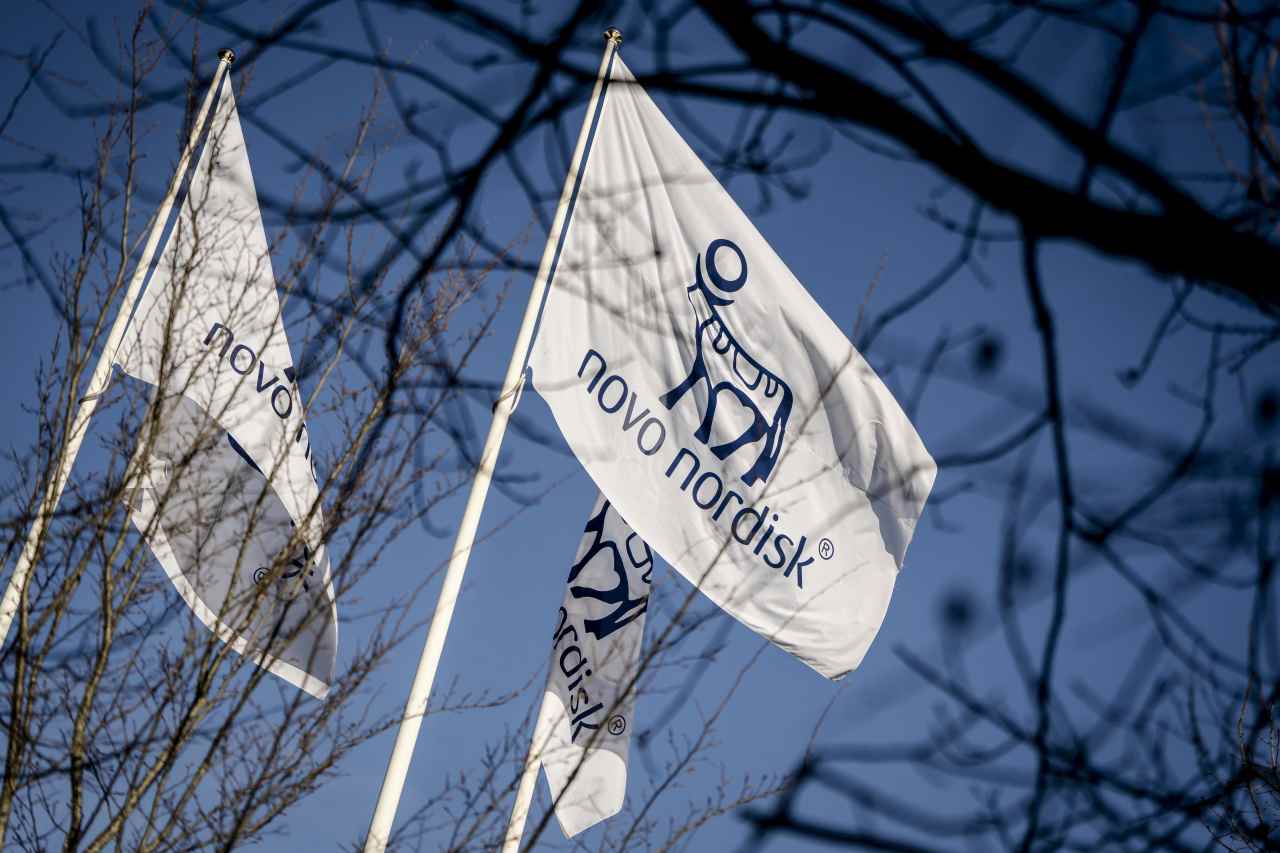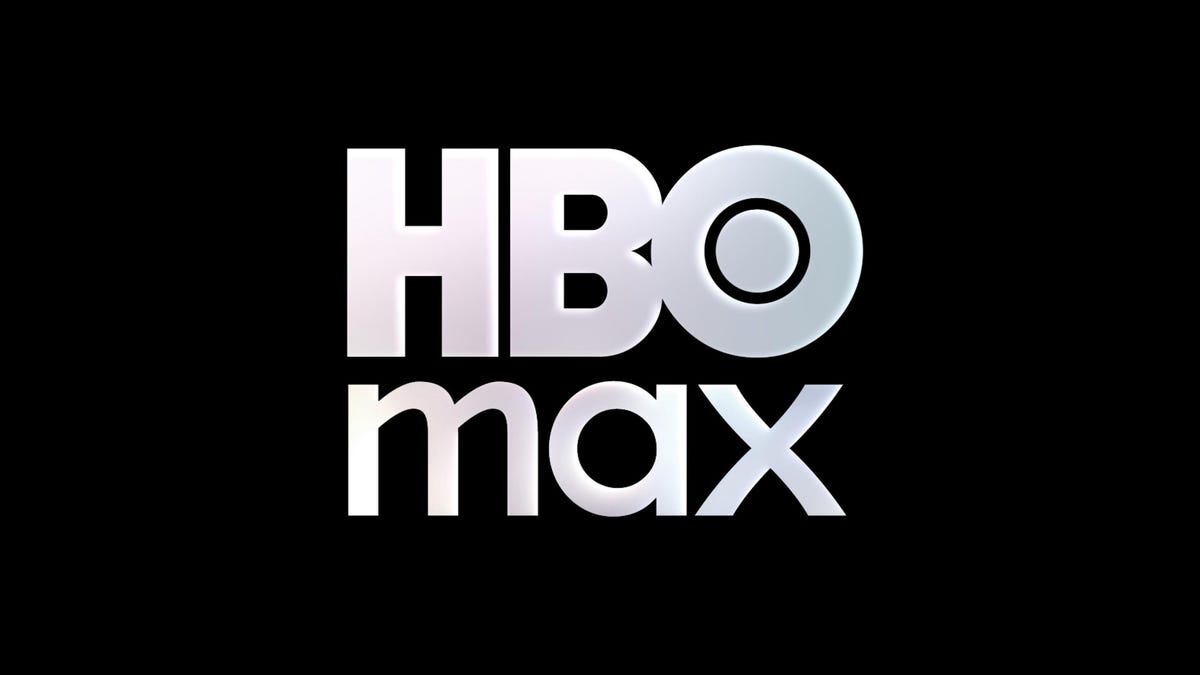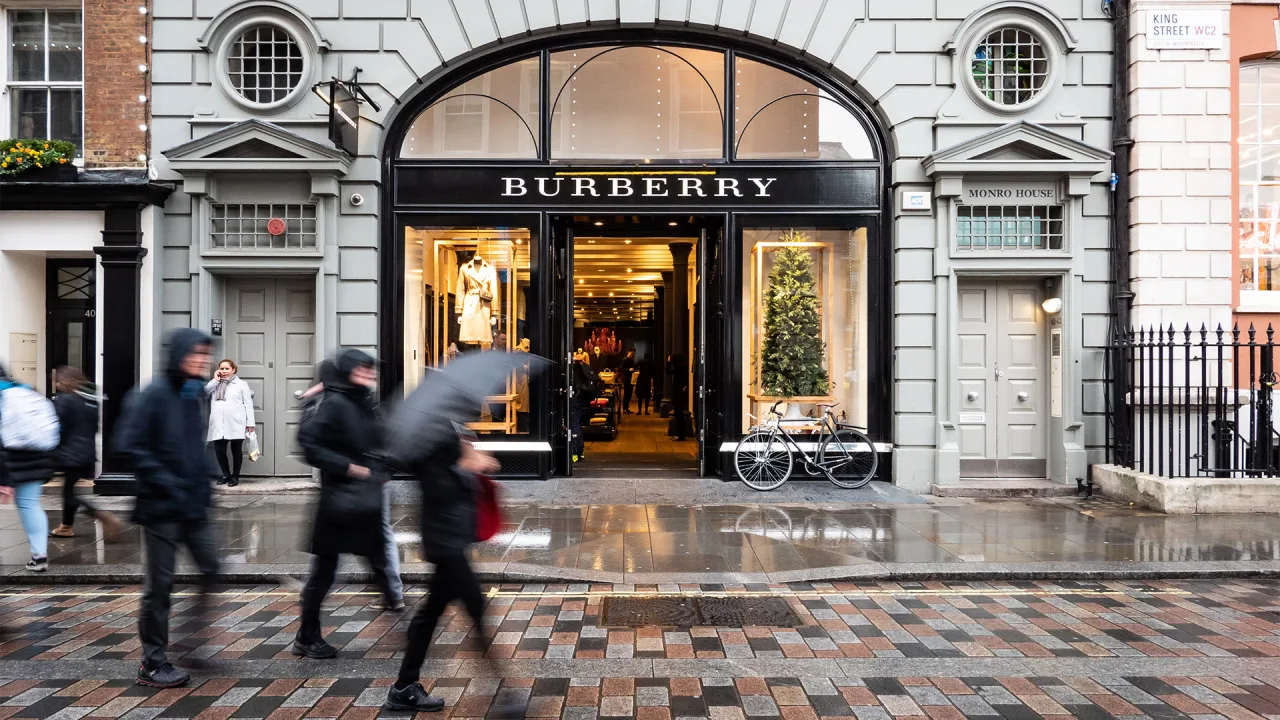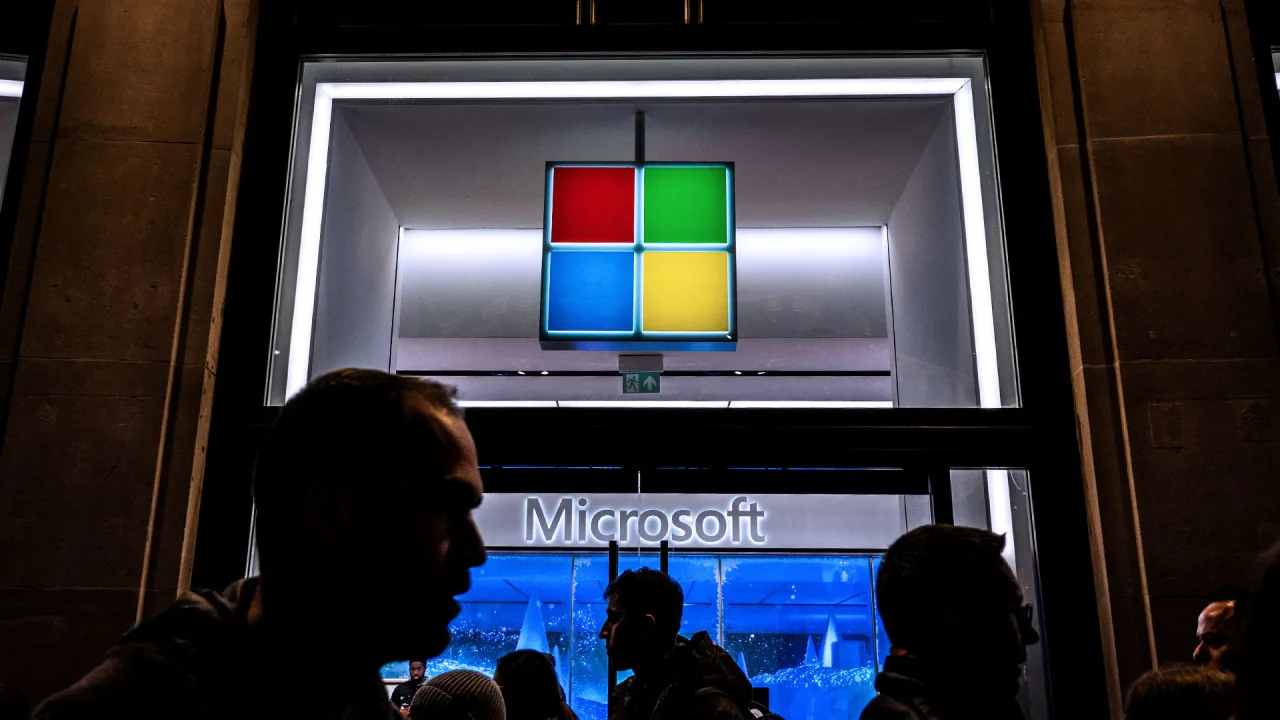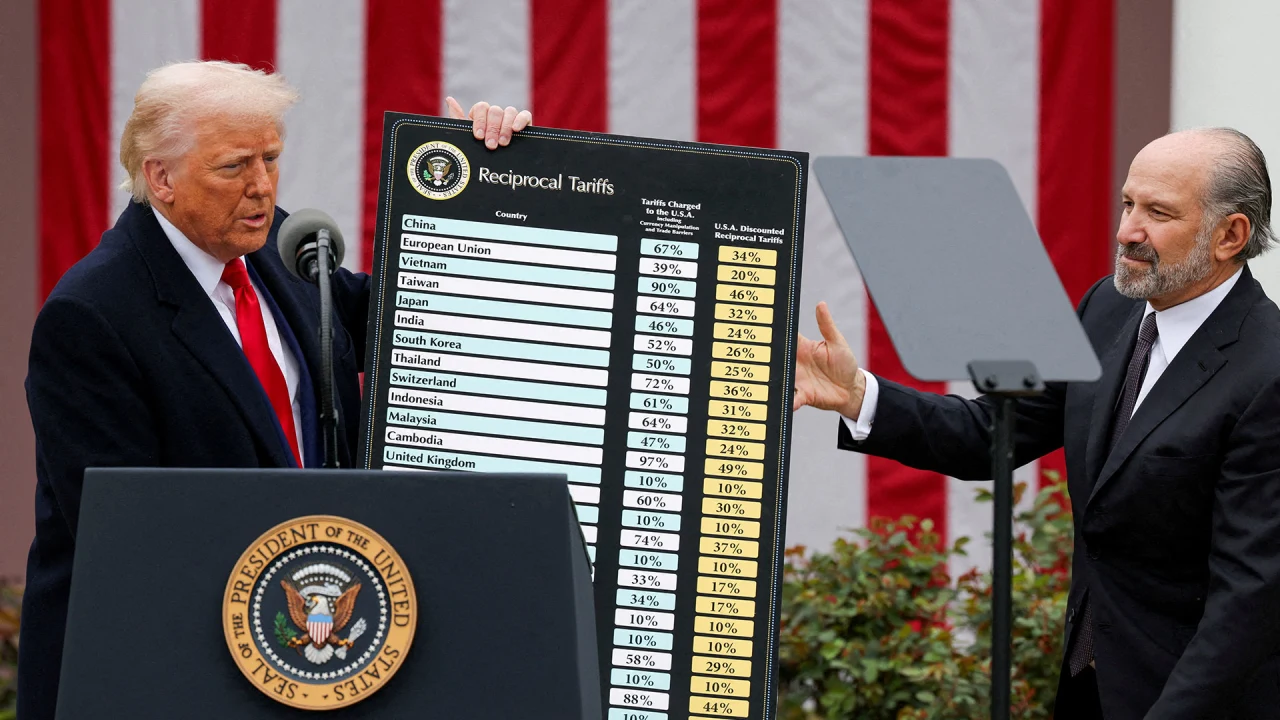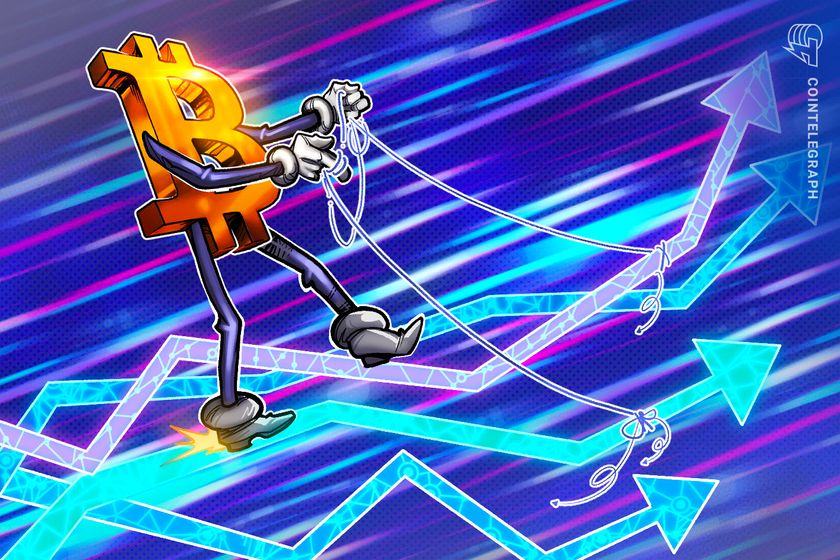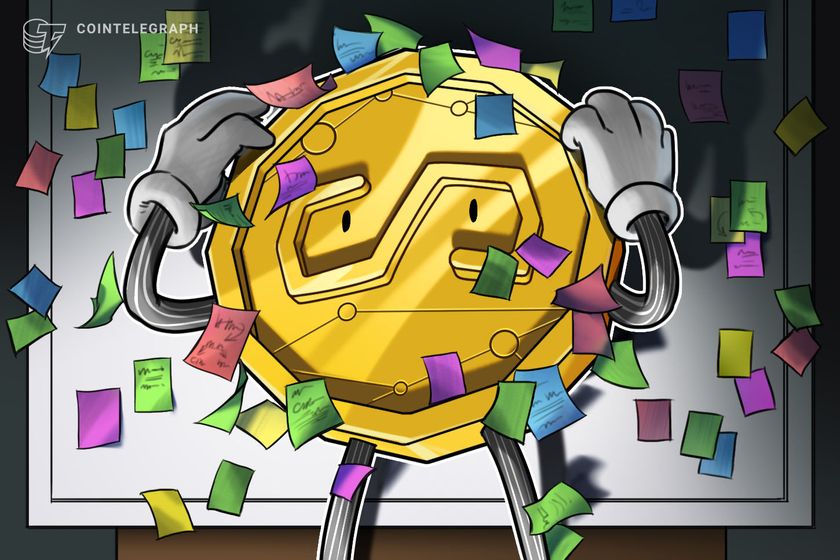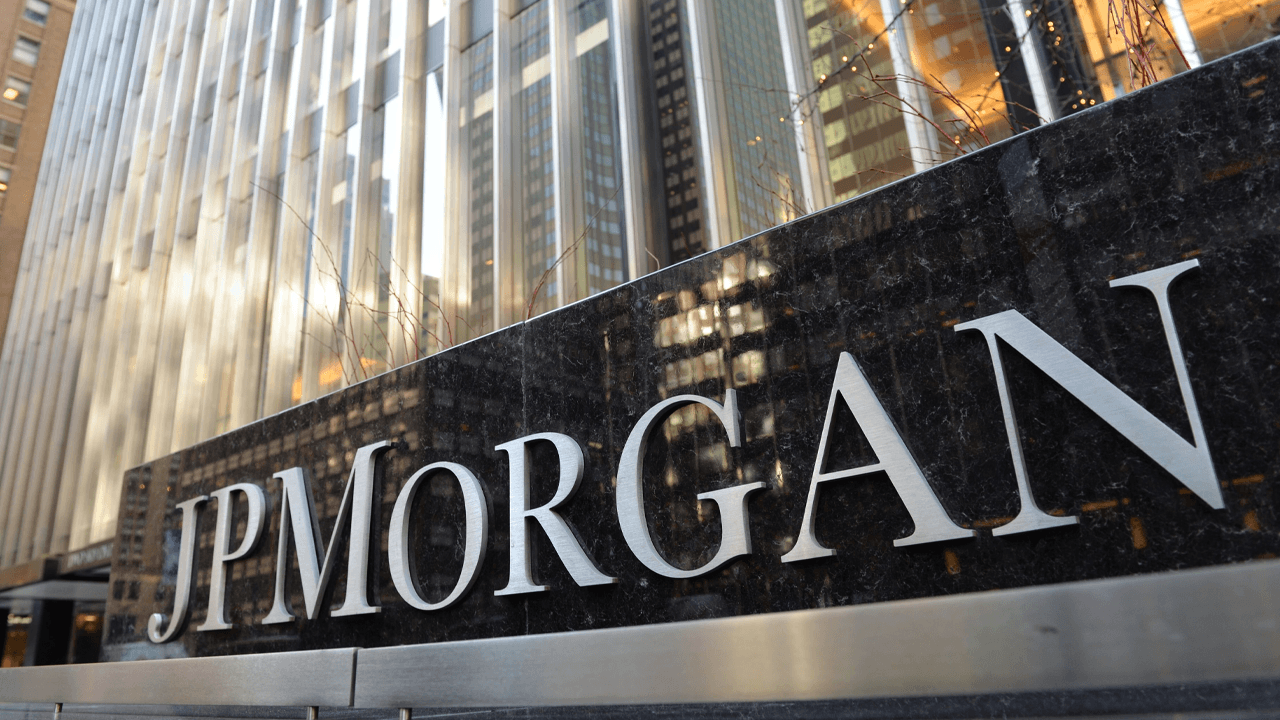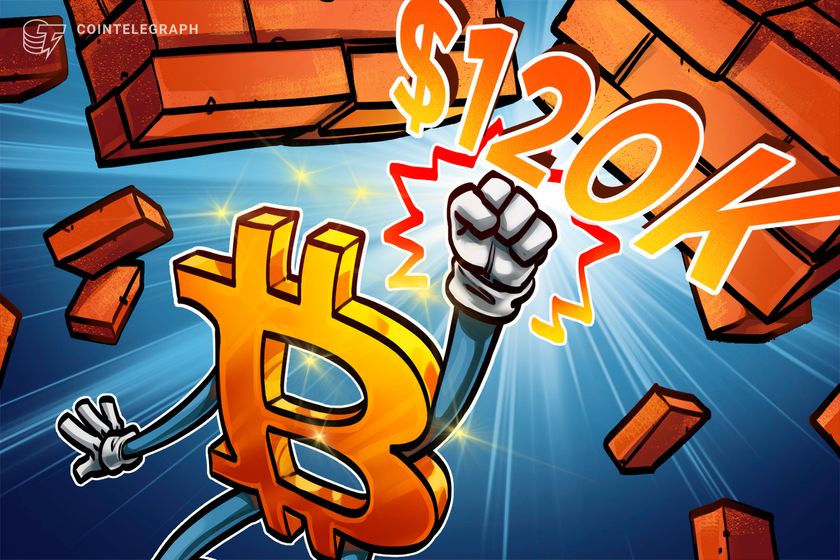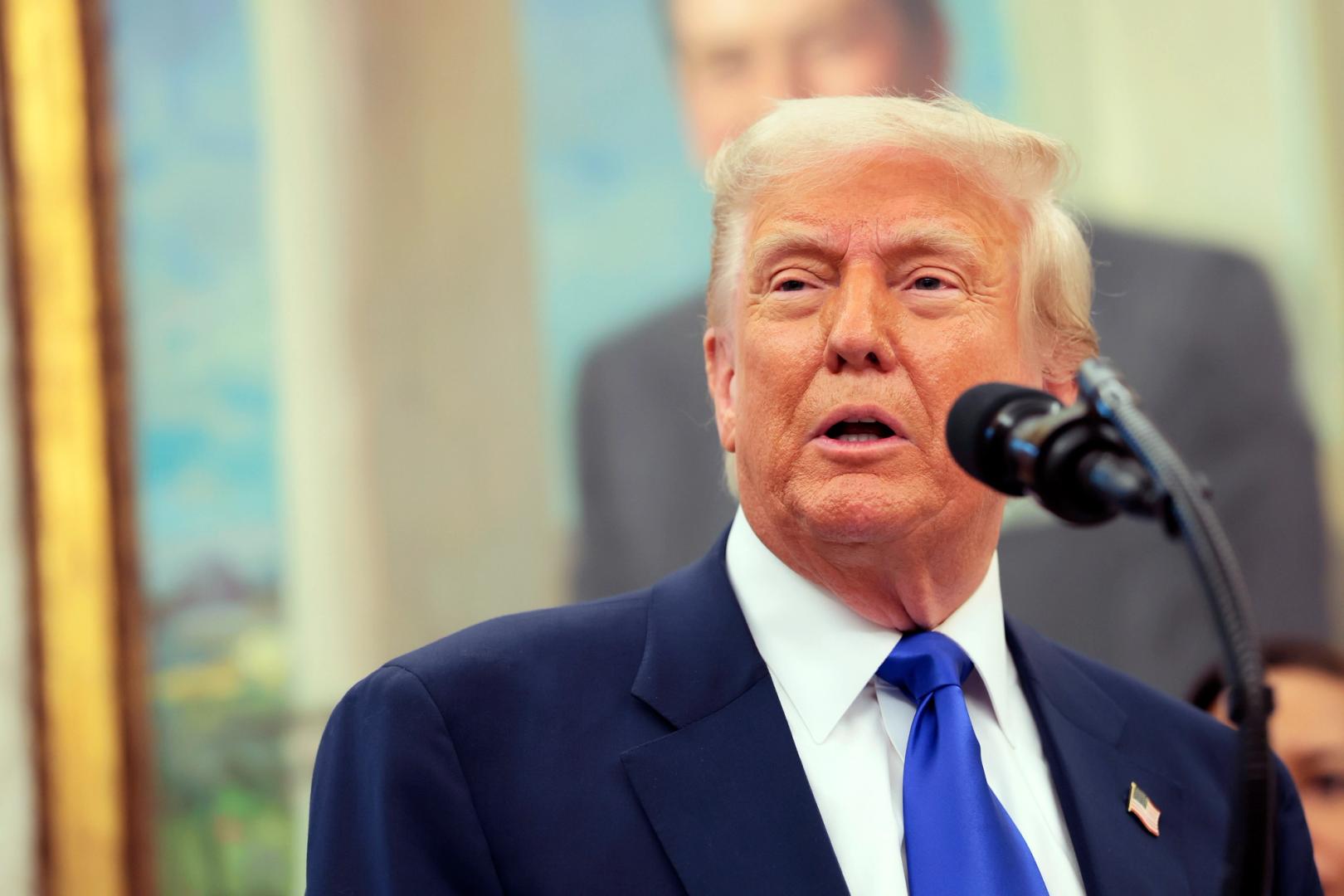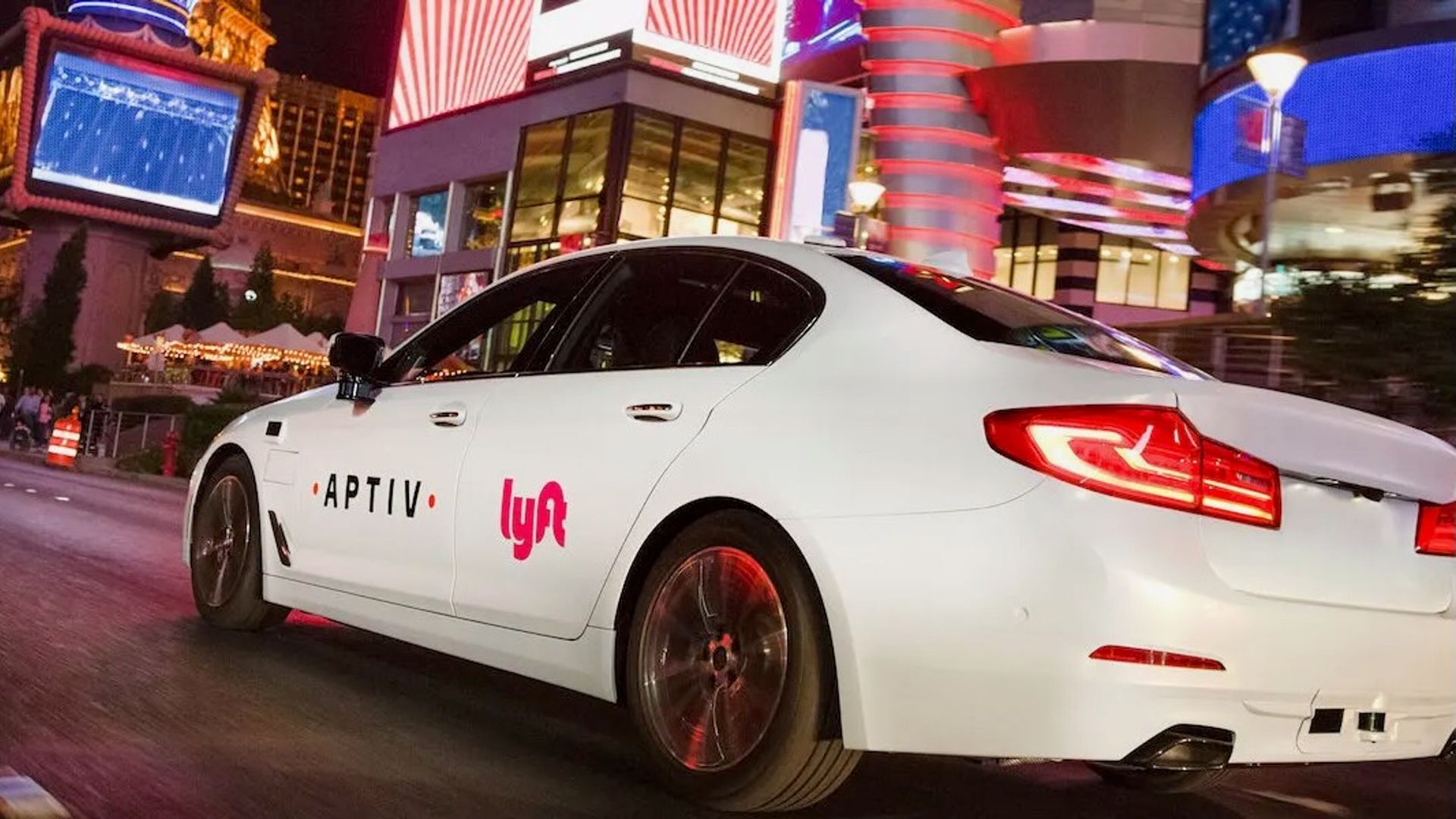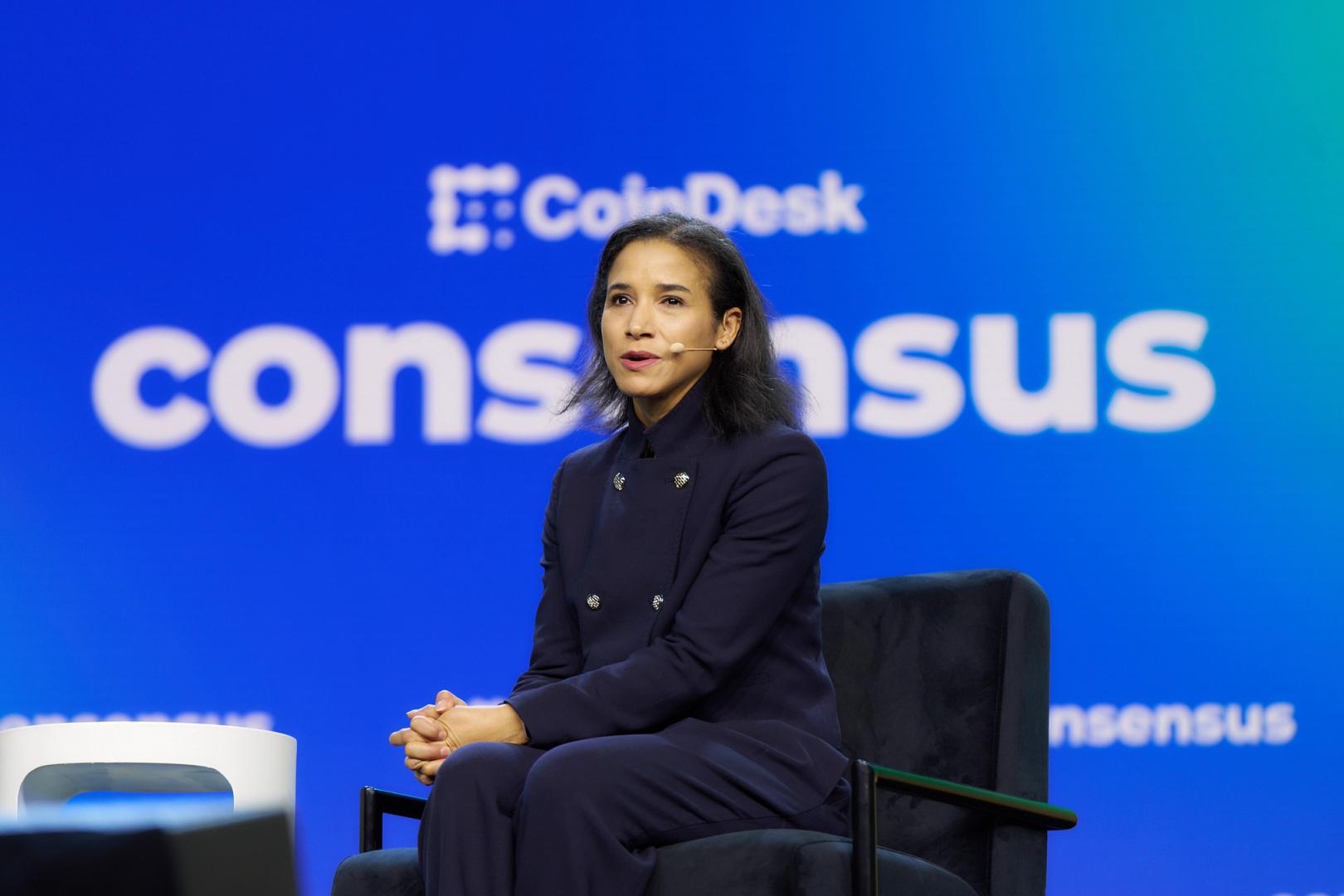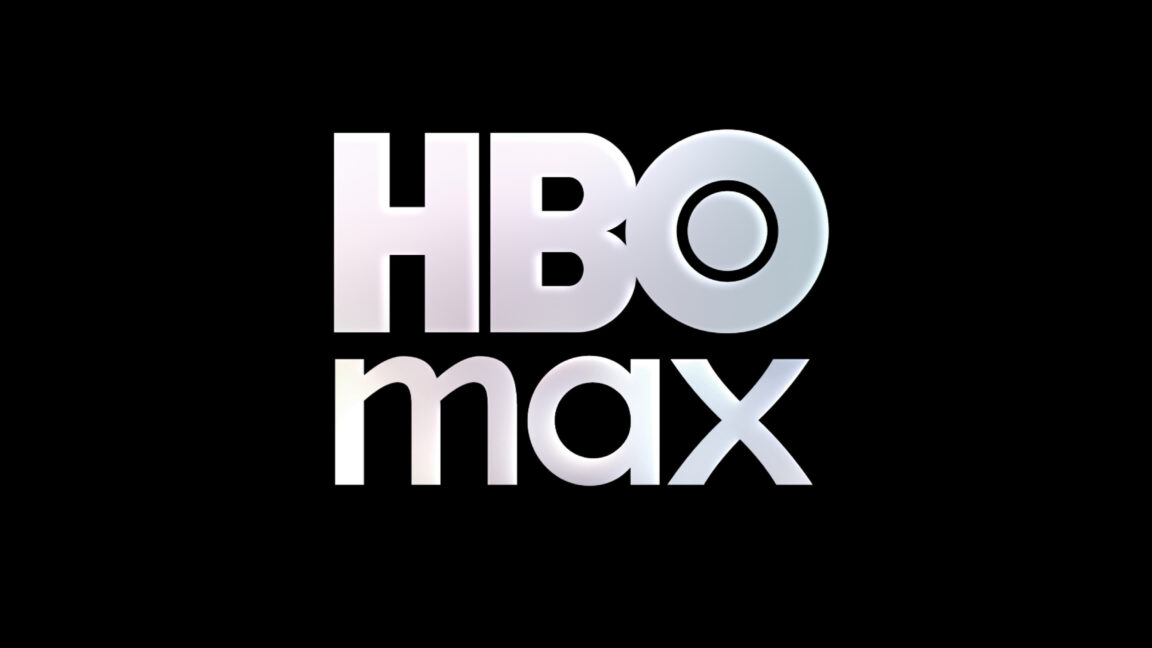The U.S.-China detente could ‘save Christmas,’ but expect ‘a rush of ordering the likes we’ve never seen before,’ economist says
Importers traumatized by the empty shelves during COVID lockdowns are pulling out all the stops to stock up ahead of the holiday shopping season.

- Freight bookings jumped the day after the U.S. lowered tariffs on China to 30%. Industry pros say it’s the start of a 90-day scramble as importers rush to bring goods and components into the U.S.
The U.S. and China have entered a 90-day detente in their tariff war , which means one thing for the roughly 40% of U.S. businesses that source from China: It’s time to stock up.
“You are going to see a rush of ordering over the next 90 days the likes we've never seen before,” said Peter Boockvar, chief investment officer at Bleakley Financial Group, in a note that began, “So, both sides luckily decided to save Christmas.”
Prior to the announcement, shipments from China to the U.S. had fallen for five weeks straight, according to data from supply-chain tracker Project44. Volumes were down 30% from May 2024.
Now, the tariff reduction presents a chance to stock up.
To be sure, a 30% import tax on goods from China is historically high and prohibitive for many shippers, with some industry experts warning “we are not out of the woods yet.” But for many businesses that have seen shipments dry up, paying a certain 30% now is less nerve-racking than holding out for a possible future drop.
“In addition to clearing inventory held back by the previous 145% tariff, many importers may choose to front-load shipments to avoid future uncertainty,” Project44 wrote in a blog post.
Already, some indicators show freight reviving.
“Our ocean freight bookings from China to [the] US increased 35% in the first day since the trade deal,” Ryan Petersen, CEO of supply-chain platform Flexport, posted on X. “A big backlog is looming, soon the ships will be sold out.”
Inventories are shrinking
In the first few months of the year, importers pulled forward huge volumes of shipments from China to try to get ahead of tariffs. Imports hit record numbers—so much so that they skewed first-quarter GDP, flipping it into reverse. But shipments fell off in later months; at the same time, consumers stocked up on goods to front-run future price increases. That’s put inventories at very low levels, said Kathy Bostjancic, chief economist at Nationwide.
“Inventory levels are by and large quite thin,” Bostjancic told Fortune. “You're getting less coming in through the ships, but also because consumers went out and purchased a lot—there's been a surge of consumer spending ahead of these tariff increases.”
Still, it will take time for the surge to be felt. A container ship leaving China will need roughly three weeks to arrive in Los Angeles. Eric Fullerton, VP of product marketing at Project44, expects to see the data start to shift within a few days.
“You’ll probably have to call your carriers, network, the ocean liners–Maersk, and say, ‘we now want to move this freight which has been hanging out at this warehouse or distribution center in China,’” he said.
While some importers have had goods waiting in a warehouse in China for this very moment, others will need to put in orders with factories.
“Between ordering a product, making it, putting it on a ship, getting it here, everyone doing it at the same time—you're going to have to believe there will be delays in production—90 days goes pretty fast,” Boockvar told Fortune, adding that the unpredictable nature of tariff negotiations are an added impetus for companies to move fast.
“What happens if we’re 45 days in and negotiations aren’t going well, and Trump wakes up and says, ‘if this doesn’t change, I’m going to reinstate the tariffs?’” he said. “While there's a 90 day reprieve, it doesn't mean that people will take their time.”
The net effect, according to Fullerton, will be like “rush hour.”
“Well, everyone left at 5—so there's more demand,” he said.
Importers will have different strategies for beating the crunch, he said: Some will likely wait out the initial 30-day surge and the shipping cost; others will accept surge pricing; still others will likely ship via air, which is much more costly than boat.
“The number-one nightmare for these companies,” he said, “is not cost but empty shelves. That’s the post-COVID fear that still impacts supply chain professionals today.”
He added, “they’re terrified of empty shelves so they’ll pay to mitigate that.”
This story was originally featured on Fortune.com

![SWOT Analysis: What It Is & How to Do It [Examples + Template]](https://static.semrush.com/blog/uploads/media/86/6a/866a1270ca091a730ed538d5930e78c2/do-swot-analysis-sm.png)


